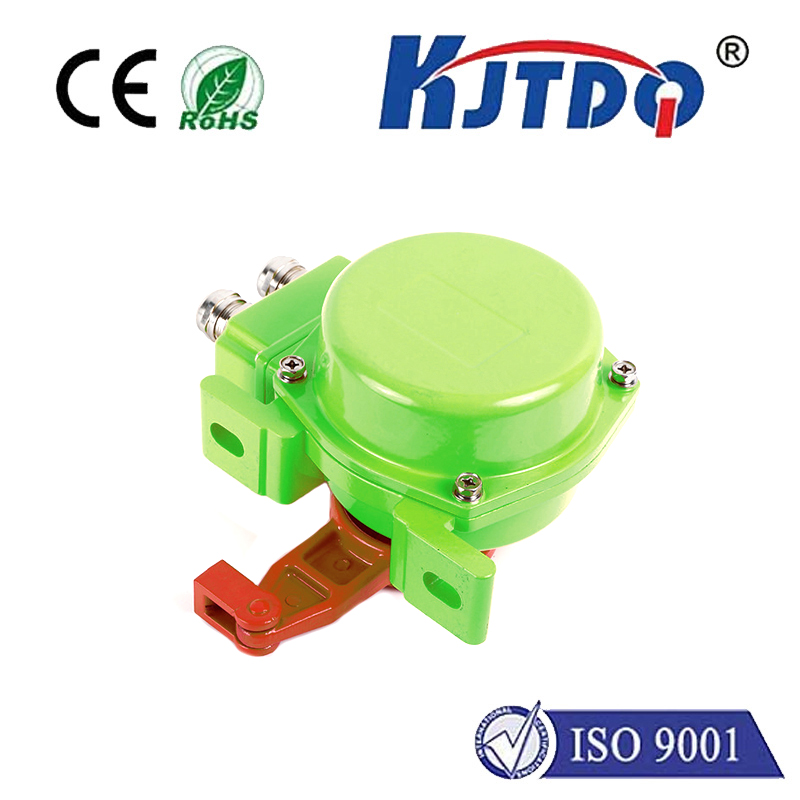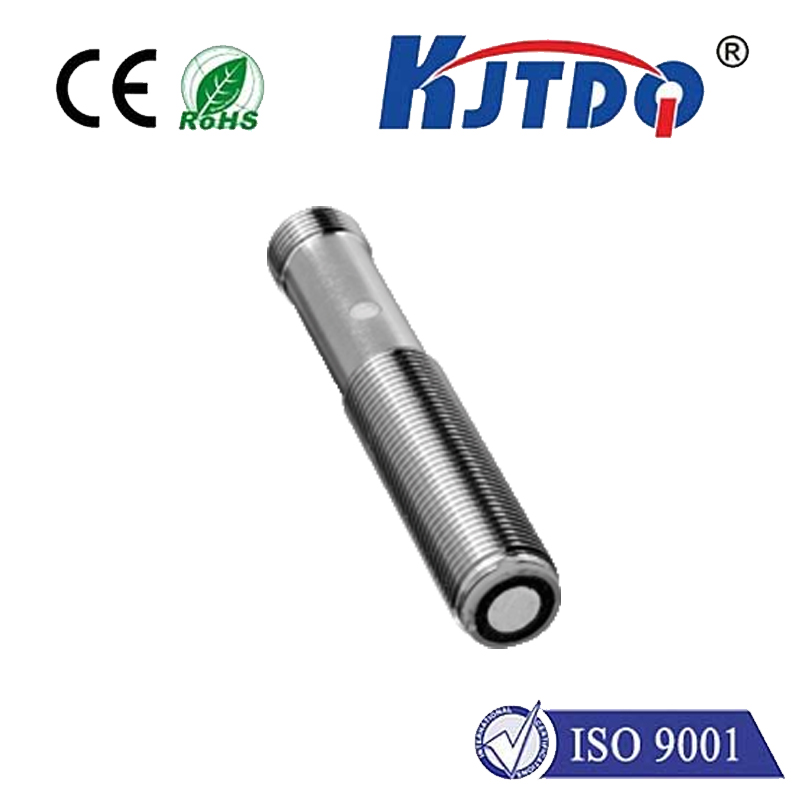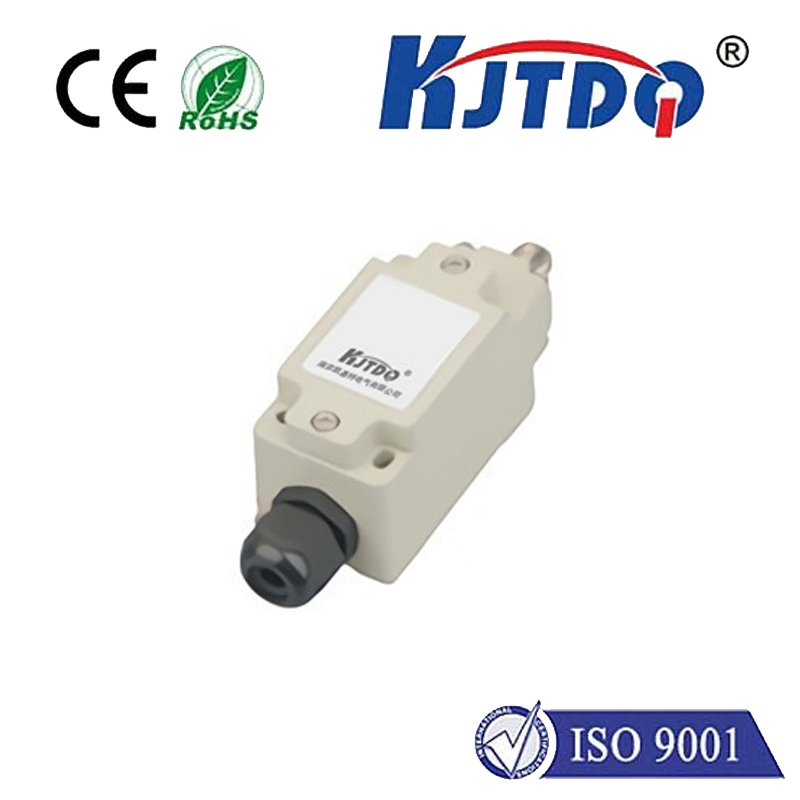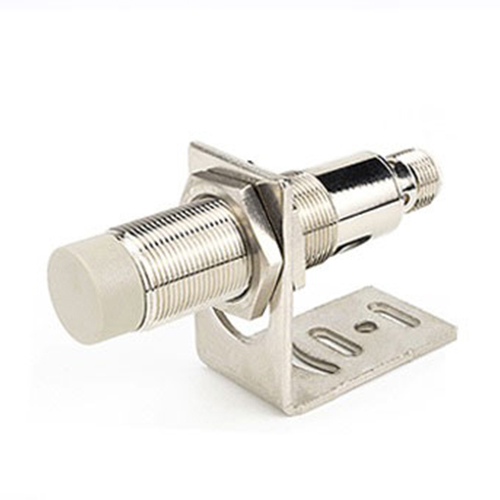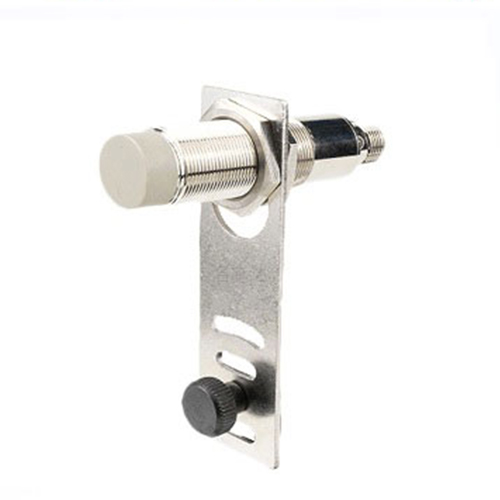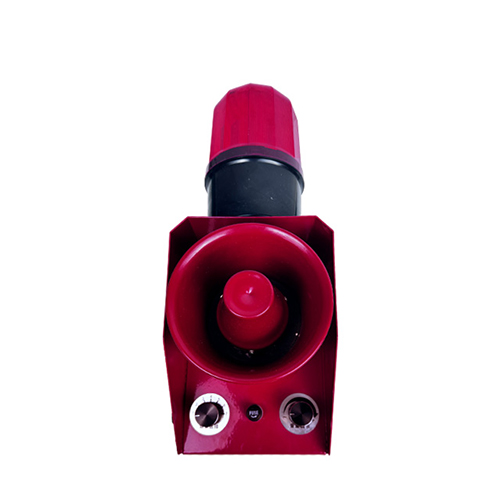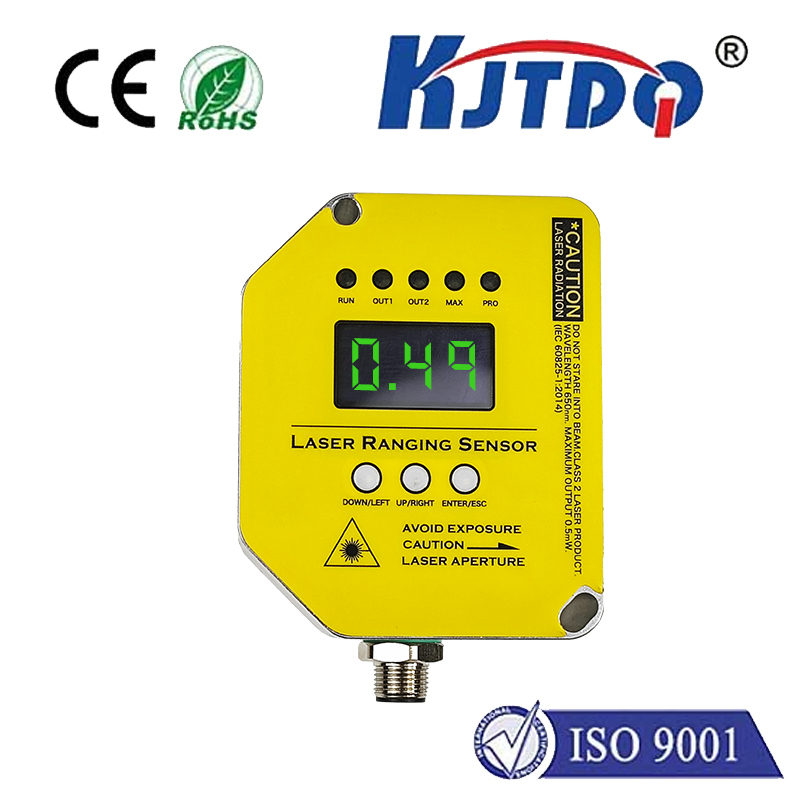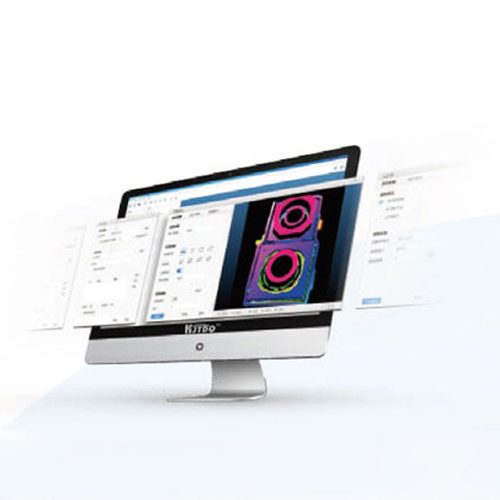

check

check

check

check
Picture this: you’re overseeing a high-pressure hydraulic system in an industrial plant, where even a minor failure could lead to catastrophic downtime or safety hazards. Detecting objects accurately in such demanding conditions is no easy feat, but that’s where the BES0258 High Pressure Proximity Sensor transforms the game. As a cutting-edge solution from the world of industrial automation, this sensor isn’t just another component—it’s a lifeline for industries seeking reliability under extreme stress. Designed with robust engineering, the BES0258 model excels in environments where traditional sensors falter, offering pinpoint accuracy without physical contact. In this article, we dive into its essential features, real-world applications, and the undeniable advantages it brings to sectors like manufacturing, oil and gas, and automotive testing. Get ready to explore how this innovative high pressure proximity sensor elevates operational safety and efficiency to new heights.
At its core, the BES0258 high pressure proximity sensor specializes in detecting the presence or absence of objects without direct touch, utilizing advanced inductive or capacitive technology to sense metallic or non-metallic targets. What sets it apart is its exceptional tolerance for pressures up to 500 bar—far exceeding standard models—making it ideal for scenarios involving heavy machinery, hydraulic presses, or deep-sea equipment. This capability stems from its rugged, corrosion-resistant housing, which shields internal electronics from harsh elements like oil, water, or intense vibrations. For instance, in industrial settings, the sensor’s ability to operate flawlessly under such duress ensures continuous monitoring, preventing costly shutdowns. Key specifications include a detection range of 2 to 8 mm, a fast response time of under 1 millisecond, and an operating temperature range from -40 to +125°C. These features make the BES0258 a go-to choice when precision is non-negotiable, as it minimizes false readings that could jeopardize safety protocols.

Moving to applications, the versatility of this proximity sensor shines across diverse high-pressure scenarios. In manufacturing, it plays a crucial role in automating assembly lines by detecting components in hydraulic cylinders, where fluctuations in pressure demand unwavering reliability. Similarly, in the oil and gas sector, the BES0258 sensor monitors drilling equipment, alerting operators to potential leaks or object intrusions before they escalate into disasters. Its design is optimized for integration into confined spaces, such as valve systems or machinery controls, without compromising performance. Automotive enthusiasts also benefit, as it aids in testing engines and transmissions under simulated high-load conditions, ensuring parts align correctly without contact wear. Beyond these, the sensor finds use in renewable energy projects, like wind turbines, where hydraulic systems face constant strain. By facilitating non-invasive detection, it reduces maintenance needs and extends equipment lifespan, translating to significant cost savings. Imagine a world where industrial accidents drop by leveraging such technology—it’s not just a sensor; it’s a safeguard for human and machine alike.
The benefits of incorporating the BES0258 high pressure proximity sensor into your operations are compelling and multifaceted. First and foremost, enhanced safety stands out—by providing real-time feedback, it prevents accidents caused by undetected objects in high-risk zones, such as in chemical processing plants. This proactive approach aligns with global standards, reducing liability risks for businesses. Second, cost-efficiency emerges as a major advantage; its durability means fewer replacements and lower downtime, with a typical lifespan exceeding 10 years under normal conditions. Third, energy savings are notable, as the sensor’s low-power design minimizes consumption while delivering high-accuracy readings. In terms of installation, the BES0258 model boasts plug-and-play simplicity, compatible with standard interfaces like IO-Link or analog outputs, making upgrades smooth for existing systems. Users often report improved productivity, as its non-contact nature eliminates friction issues common in mechanical switches. To put it plainly, this proximity sensor isn’t an expense—it’s an investment that pays dividends through operational excellence.
In conclusion, understanding the working principle of the BES0258 sheds light on its robustness. Essentially, it emits an electromagnetic field; when a target approaches, the field disturbs, triggering a signal through built-in circuitry. This process is fortified against high pressures by advanced sealing techniques, ensuring internal components remain unaffected even in submerged applications. As industries evolve toward automation and Industry 4.0, adopting sensors like the BES0258 becomes pivotal for future-proofing operations. Its role in enabling smarter, safer environments cannot be overstated, from monitoring fluid levels in reservoirs to ensuring precise alignment in robotics. Embrace this technology today to navigate the challenges of tomorrow with confidence.
